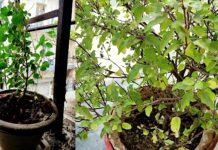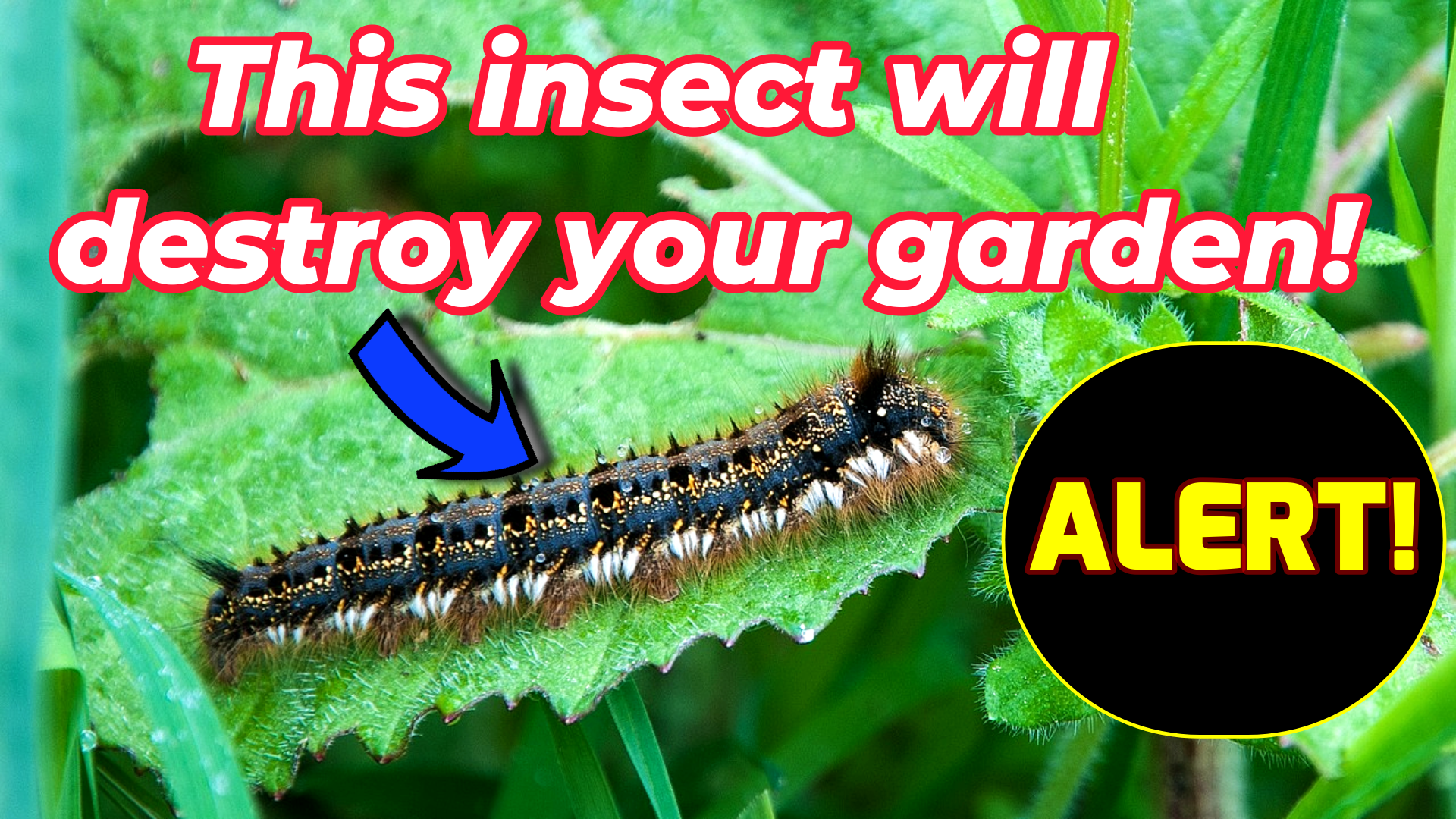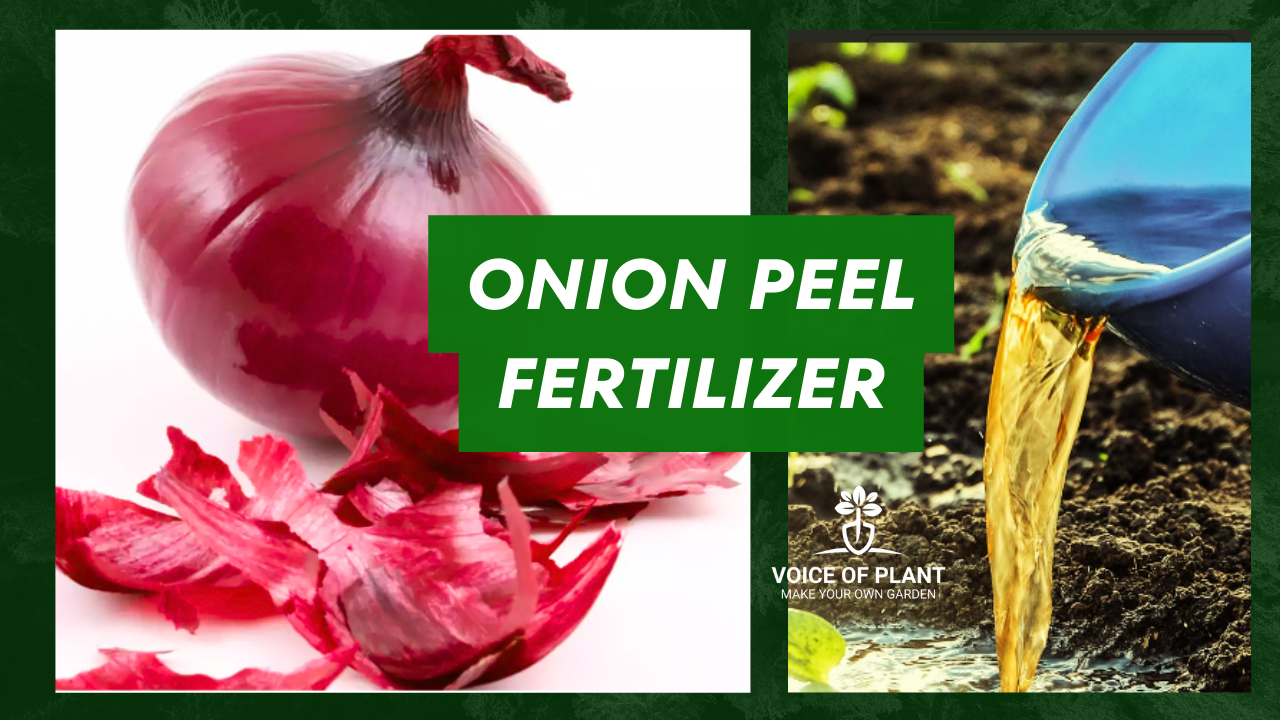Rose Dieback Problem Prevention and Treatment Tips
One of the biggest challenges in growing roses is dealing with rose dieback. This condition can cause the plant to deteriorate rapidly, and despite treatment, it often becomes difficult to save the plant. It’s a very serious problem in rose plants, and without proper care, the plant may eventually die.

What is Rose Dieback?
In simple terms, dieback is a condition where parts of a plant, usually starting at the tips of the branches, begin to die. It can spread down the entire branch or stem and sometimes reach the base of the plant, eventually causing the whole plant to die.
- In many cases, only one or two branches are affected, while the rest of the plant continues to grow and bloom.
This process can be caused by various factors, but the most common culprit is fungal infection.
What Causes of Rose Dieback?
One of the most common causes is improper pruning, which can either physically damage the stem tissues or create an entry point for fungal canker.
When we prune rose plant, whether it is tip cutting, branch cutting, or hard pruning, the plant becomes highly susceptible to fungal infections. The freshly cut parts are left open and exposed, making them an easy target for fungal diseases.

If the pruning tools are not sharp or clean, or if the cutting technique is incorrect—such as not cutting properly above a node—the plant becomes more vulnerable. Factors like the plant already being under stress, lack of water, yellowing leaves, aphid attacks, dry soil, or insufficient sunlight can all contribute to the plant quickly developing this problem after pruning.
If the soil has poor drainage, is overwatered, contains nematodes, or already has fungal infections, the fungus can spread further, worsening the condition of the plant.
Signs and Symptoms of Rose Dieback
Spotting dieback early on can help prevent its spread. The key is knowing what to look for. The first sign of dieback is usually a discoloration of the stem, starting from the tips. Over time, the stem darkens, becoming black and brittle.
How to identify Dieback on Rose plant

1. Blackened, withered tips of branches
- Look for dark, shriveled tips on the stems.
2. Entire branch turning black or brown
- Affected branches may turn completely black or brown as the dieback progresses.
3. Wilting leaves on affected branches
- Leaves on infected branches may start to wilt and dry up.
4. No flower production
- Rose plants with dieback may stop producing flowers entirely.
5. Plant declining or dying
- If not treated, dieback can lead to the plant’s overall decline or death.
Spotting these signs early can help you take action and stop the spread of dieback in your roses.
Must read: How to Stop Black Spot on Rose Plant
How to stop rose dieback?

The best way to prevent rose dieback is by keeping your plants healthy. Here are some simple steps to follow:
How to Apply Fungicide Effectively
Using fungicides correctly is essential for preventing dieback and protecting your rose plants. Here’s how to apply them effectively:
1. After Pruning
Always apply fungicide after pruning to seal the cut areas. This prevents fungal infections from entering the plant through the open wounds, which could lead to dieback.
2. Applying Fungicide to the Soil

Mix a small amount of fungicide with water and pour this solution into the soil around the base of the plant. This helps protect the roots from fungal infections and keeps the plant healthy from the inside out.
Important Tip:
- Avoid spraying fungicide solutions directly on the leaves, as this can cause damage. Focus on treating the cut areas and soil for the best results.
Conclusion
Dieback is a common but manageable problem for rose lovers. With proper care, regular pruning, and the use of fungicides, you can keep your roses healthy and vibrant.
Follow our Social media channel:
1. Voice of Plant – YouTube Channel
2. Voice of Plant Facebook Page
3. Instagram Voice of Plant Channel
Happy Gardening!
















